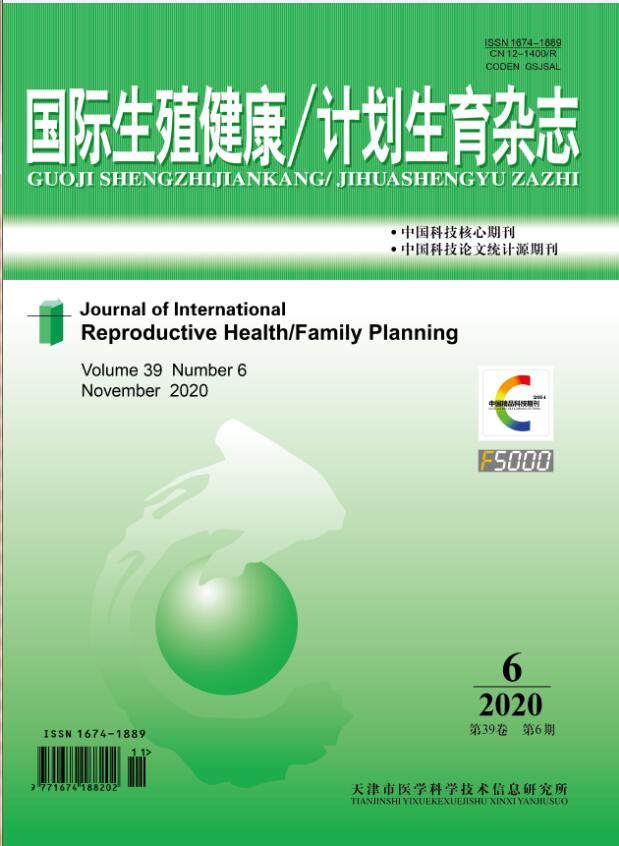Objective:The current study aimed to examine the preferences for sources of sex
education among youth aged 15-24 years using a community鄄based survey data from a city in northeast ofChina. Methods:Data used in this study were derived from a project sponsored by the World Health
Organization (WHO Project # 98200). The sample of households was drawn by a three鄄stage, systematic
sampling method based on the principle of probability proportionate to size. A total of 1 319 youth (15-24
years)agreed and signed informed consent before participating in the study. Participants were informed to
participate voluntarily that they may withdraw from the survey or skip questions that they did not want to
answer. 1 227 records were included in analysis. Descriptive statistics and multivariate logistic regression methods
were employed in this study to analysie the differences of preferences for and actually used sources of obtaining
sex鄄related knowledge. Results:Results showed that there were gaps between the actual sources youth being
used in the past and their preferences for the sources. The sources of“parents”and“doctors”had not played
their role as youth expected. There were about 10.2% to 11.0% gaps between actual sources and preferred
sources for“doctors”as the main sources of obtaining knowledge about“puberty”,“sexuality”and“STIs/HIV/
AIDS”. There were about 0.1% to 2.7% gaps for sex education from parents to their children. Multivariate
logistic regression analysis results indicated that age, gender,education,working experience and siblings had
impact on preferences for sources of obtaining sex鄄related knowledge. For instance,male participants who were
20原24 years old were more likely to report “television/movies”as the preferred source of obtaining puberty
(regression coefficient=0.408, P<0.05). Female participants were less likely to report “television/movies”as
the preferred source of obtaining knowledge about puberty(regression coefficient=原1.305, P<0.01), sexuality
(regression coefficient =原0.427, P<0.05)and STIs/HIV/AIDS (regression coefficient =原0.653, P<0.01).
Participants who had college or graduated education were less likely to report “teachers”as the preferred
source of obtaining knowledge about puberty(regression coefficient=原0.544, P<0.05)and sexuality(regression
coefficient=原0.638, P<0.05). Participants who had working experience were more likely to report “peers”as
the preferred source of obtaining STIs/HIV/AIDS(regression coefficient=0.939, P<0.01)than those who had
no working experience. Female were more likely to report that “parents”as the preferred sources of obtaining
knowledge about puberty(regression coefficient=1.649, P<0.01)sexuality(regression coefficient=1.449, P<
0.01), and STIs/HIV/AIDS(regression coefficient=1.110,P<0.05). Conclusions:The results of the current
study showed that there were gaps between the main sources of actually obtaining sex knowledge(i.e., puberty,
sexuality and STIs/HIV/AIDS)and the preferences for sources of obtaining sex knowledge among youth in
China. Books and magazines are the most main source youth preferred to obtain sex related knowledge. Youth
preferred to obtain more sex education from doctors. It shows lower for the preferences for teachers as the
source of obtaining sex related knowledge,which would provide some implications for the existing sex
education and future sex education intervention programs. The role of parents and doctors on sex education
among adolescents and youth needs to be enhanced. The contents and teaching approaches that teachers used
in classes about sex related knowledge may need to be evaluated by students. The positive role of society on
sex education should not be ignored. Comprehensive sex education needs to be developed and improved to
satisfy adolescents and youth’s sexual and reproductive health needs

